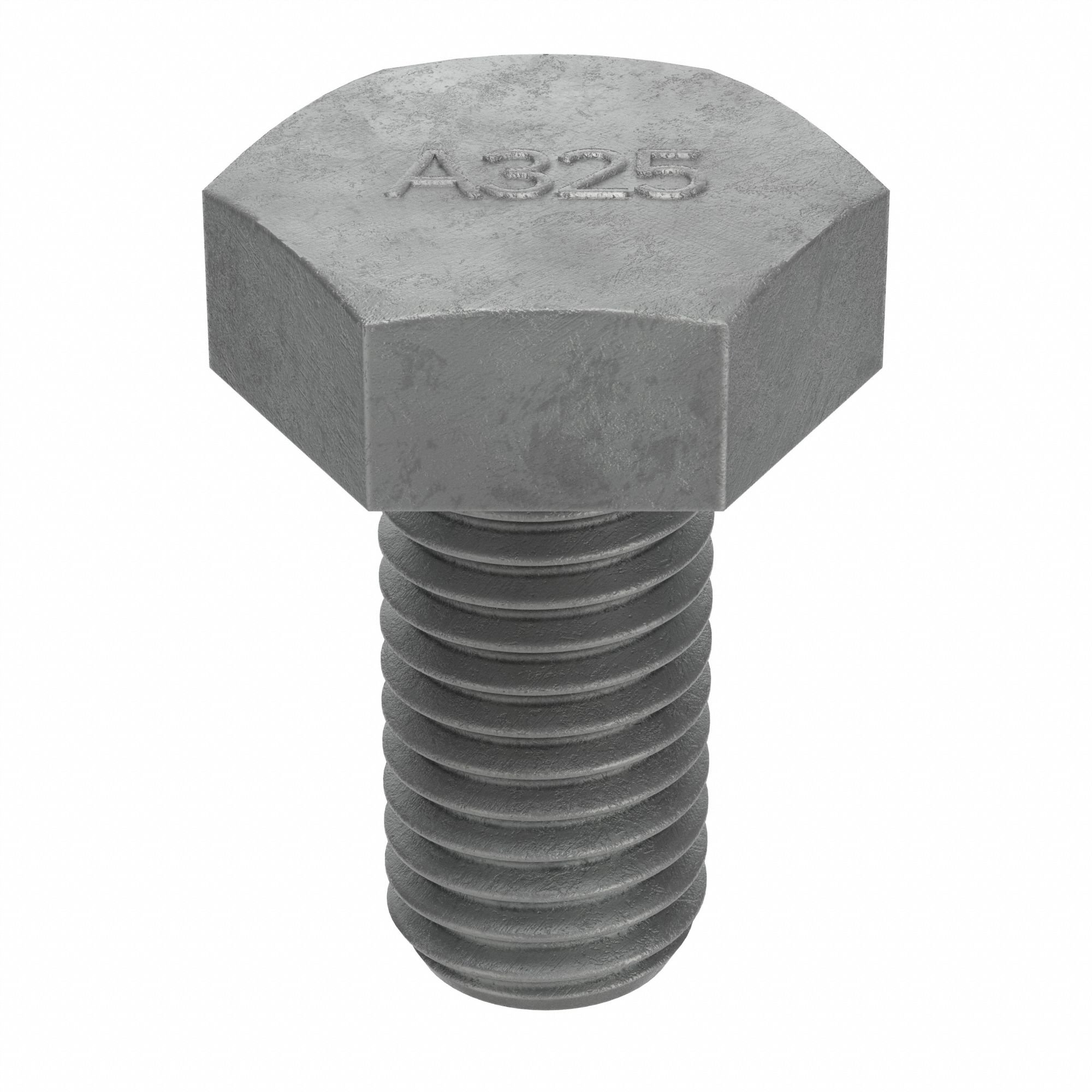Ask the Fastener Expert: A325 Structural Bolts
What is a structural bolt?
A structural bolt is a type of fastener specifically designed for use in the construction industry. Structural bolts are designed to be used in tension, meaning that they are tightened in such a way that they create a clamping force that holds two or more components together. Structural bolts are typically made from a high-strength material, such as alloy steel, and are used to connect heavy load-bearing members in structures such as bridges, buildings, and other types of infrastructure. They are usually installed using a torque wrench, which allows for precise control of the clamping force applied to the bolt.
What does A325 mean in fasteners?
A325 is a type of fastener specification for structural bolts. It is a specification established by the American Society for Testing and Materials (ASTM) for medium-strength steel bolts, studs, and other fasteners. The specification covers high-strength bolts that are intended for use in structural connections. Structural bolts made to the A325 specification are made from a medium-carbon steel that has been quenched and tempered, which gives them a high level of tensile strength and resistance to fatigue. They are also designed with a specific head shape and thread configuration, which allows them to be used with a corresponding nut and washer to create a structural connection. The A325 specification is typically used in the construction industry, particularly in the United States, to specify the material and performance requirements for structural bolts.
When do A325 bolts need to be used?
A325 bolts are typically used in structural connections where high tensile strength and resistance to fatigue are required. They are often used to connect heavy load-bearing members in structures such as bridges, buildings, and other types of infrastructure. The A325 specification is generally used in the United States, and it is often specified by building codes and engineering standards for use in structural connections.
In general, A325 bolts should be used whenever high-strength structural bolts are required in a connection. They are particularly well-suited for use in applications where the bolts will be subjected to high levels of stress, such as in load-bearing connections or in connections that will be subjected to dynamic loads. They are also often used in connections where the bolts will be exposed to harsh environmental conditions, such as in outdoor structures or in marine applications.
Are there any downsides to using A325 bolts?
One potential downside of using A325 bolts is that they are more expensive than some other types of bolts. Because they are made from high-strength steel and are designed for use in structural connections, they tend to be more expensive than bolts made from lower-strength materials.
Another potential downside of A325 bolts is that they require a specific installation process. The bolts must be tightened to a specific torque value in order to achieve the required clamping force in the connection. This requires the use of a torque wrench, which can add to the cost and complexity of the installation process.
Finally, A325 bolts are not suitable for use in all applications. They are designed specifically for use in structural connections, and they may not be appropriate for use in other types of applications where different types of bolts may be more suitable.
If you’d like more information about A325 Structural Bolts, contact Mudge Fasteners at (800) 634-0406.

